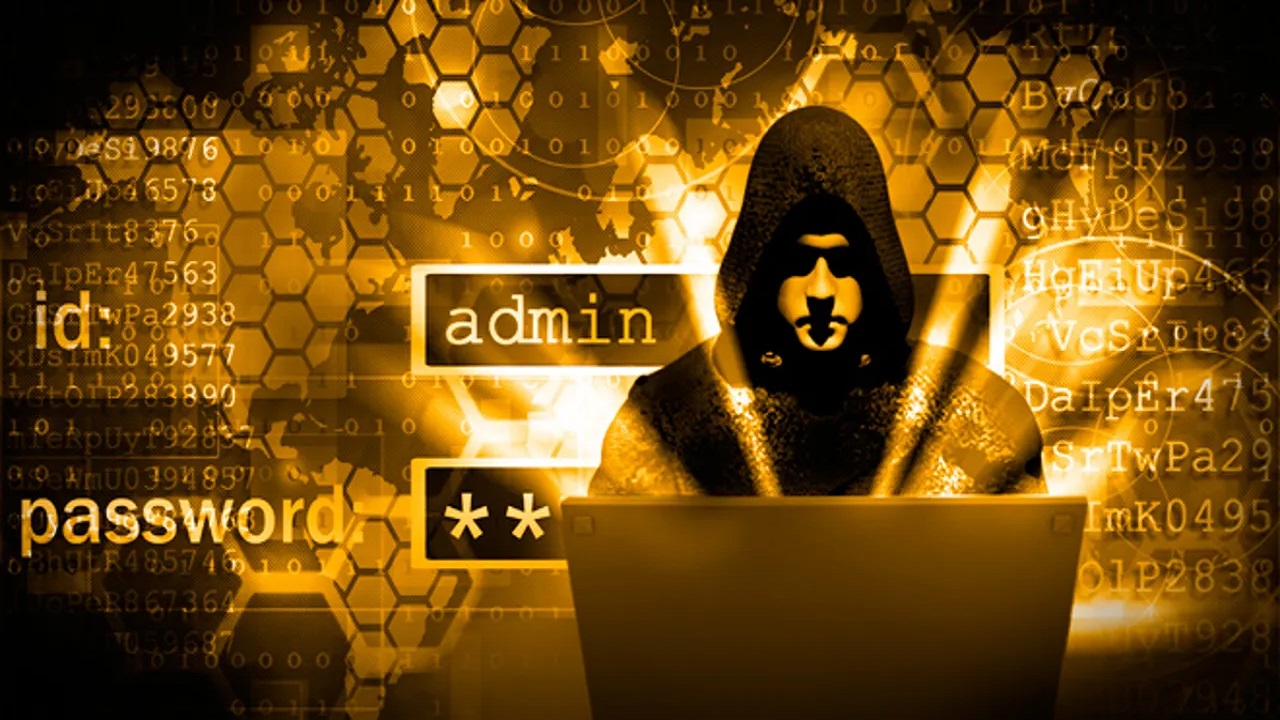Kaveri 2.0 Hacked: How a DDoS Attack Disrupted Karnataka’s Property Portal
What Happened?
In January 2025, Karnataka’s Kaveri 2.0 property registration portal stopped working, disrupting essential citizen services. At first, officials thought it was a technical issue, but later investigations revealed it was a cyberattack called a Distributed Denial of Service (DDoS) attack.
The Kaveri 2.0 portal, launched in 2023, allows people to register properties, search for land records, and get encumbrance certificates (ECs) online. This attack shows how government websites are becoming targets for cybercriminals.
What is a DDoS Attack?
A DDoS (Distributed Denial of Service) attack is a way for hackers to overload a website or online service by sending huge amounts of traffic, making it slow or completely unavailable.
How Does a DDoS Attack Work?
- Hackers take control of many devices (like computers or infected servers) and turn them into a "botnet."
- These devices send an overwhelming number of requests to a website or server.
- The server gets overloaded and stops responding to real users.
Types of DDoS Attacks
- Flooding the network – Too much traffic makes the system slow or crash.
- Exploiting security flaws – Hackers find weaknesses in a website’s setup to cause problems.
- Targeting a specific service – Attackers overload certain functions, like searches or logins.
Examples of Major DDoS Attacks
1. Attack on X (Twitter) – August 2024
- Elon Musk’s X platform (formerly Twitter) faced a major DDoS attack.
- It happened just before a live conversation between Elon Musk and Donald Trump (then a presidential candidate).
- The attack slowed down the platform, showing how cyberattacks can target important political events.
2. Attack on GitHub – 2015
- Hackers attacked GitHub, a website used by developers, using a botnet linked to China.
- The attack targeted projects that helped users bypass internet restrictions in China.
- Visitors’ browsers were unknowingly used to attack the website, making it one of the biggest cyberattacks of that time.
Impact of DDoS Attacks
1. Websites and Services Stop Working
- People cannot access important online services, causing delays and financial losses.
2. Attackers Use It as a Distraction
- While people focus on fixing the DDoS attack, hackers may steal data or launch other attacks in the background.
3. Loss of Trust
- If government or business websites keep getting attacked, people lose confidence in their safety and reliability.
How Did the DDoS Attack Affect Kaveri 2.0?
The attack overloaded the portal by sending huge numbers of fake search requests, making it slow or completely unusable.
Key Facts About the Attack:
- Hackers used 62 email accounts and 14 IP addresses to launch the attack.
- The biggest problem was with the Encumbrance Certificate (EC) search function.
- The attack increased traffic by 8 times the normal level, overwhelming the system.
- Within 2 hours, the system received 6.2 lakh fake requests, preventing real users from accessing it.
Consequences of the Attack:
- Property registrations were delayed, causing issues for people buying or selling land.
- Government services were disrupted, affecting thousands of users.
- The portal was fixed on February 5, but the attack exposed weaknesses in its security.
How Can We Prevent DDoS Attacks?
1. Detect and Block Fake Traffic
- Use advanced filters to tell real users apart from bots.
2. Monitor Traffic in Real Time
- Detect unusual activity early and stop attacks before they cause damage.
3. Limit Requests Per User
- Stop users from sending too many requests in a short time.
4. Use CAPTCHA and Bot Detection
- Prevent bots from accessing key services.
5. Strengthen Security and Perform Regular Audits
- Update security settings and check for vulnerabilities regularly.
6. Work with Cybersecurity Experts
- Governments and businesses should partner with cybersecurity firms to improve protection.
7. Educate Users About Cyber Threats
- Train employees and users to recognize phishing and other cyber threats.
8. Have a Quick Response Plan
- If an attack happens, a dedicated cybersecurity team should respond immediately to minimize damage.
Conclusion
The DDoS attack on Kaveri 2.0 is a warning sign about the increasing risks of cyberattacks on important government websites. As India continues to go digital, cybersecurity must be a top priority.
Stronger security measures, better monitoring, and public awareness are essential to protect critical services from future cyber threats.

.jpg)


Comments (0)